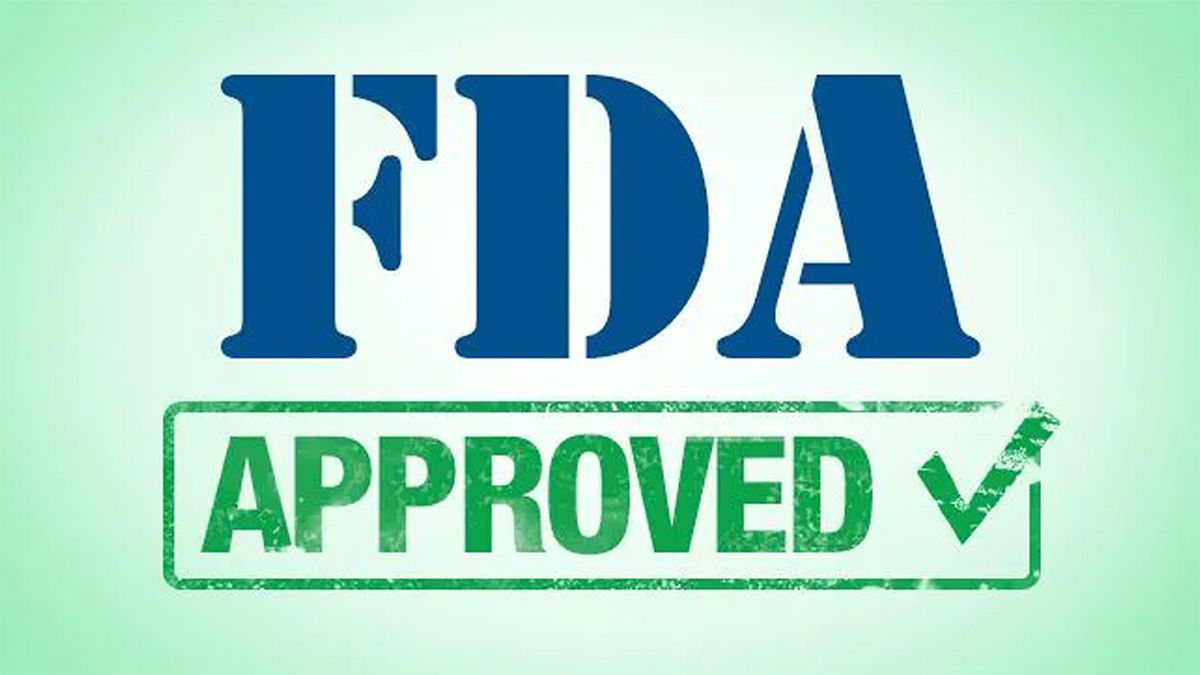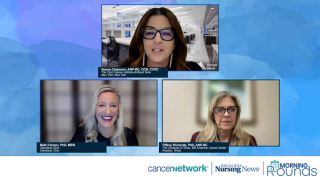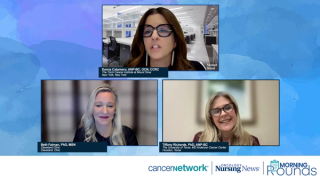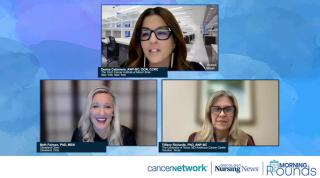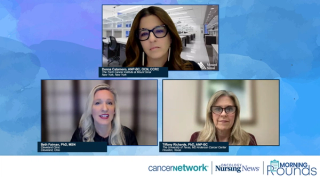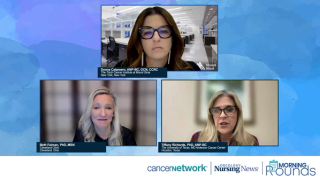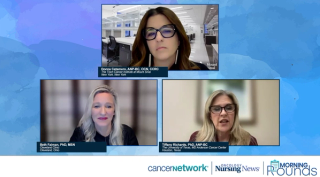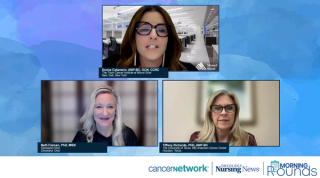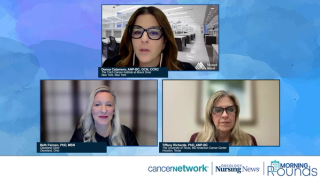
Multiple Myeloma
Latest News
Video Series

Latest Videos
Podcasts
CME Content
More News

Nurses must stay up to date on novel agents and their toxicities to properly monitor for and manage immune effector cell-associated neurotoxicity syndrome.

CRS is a common but manageable toxicity of CAR T-cell therapy and bispecific antibodies. Learn strategies to identify and manage this adverse effect.

Beyond administering CAR T-cell therapy and bispecifics, oncology nurses must apply proactive, supportive care and an understanding of complex treatments.
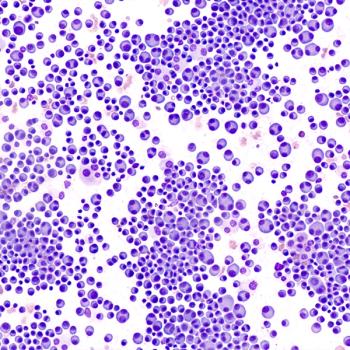
Neurotoxicities can be monitored long term with personalized questions, according to Mary Steinbach, DNP, APRN.

Treatment access can still affect patients in urban communities, said Mary Steinbach, DNP, APRN.
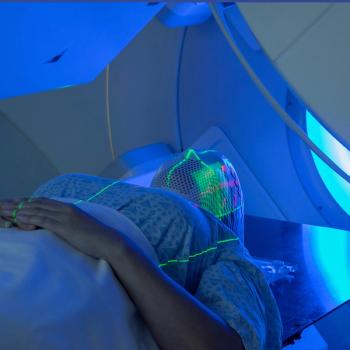
Nurses should be familiar with PET scan protocol and what to ask patients with lung and bone cancers before administering biology-guided radiation therapy.
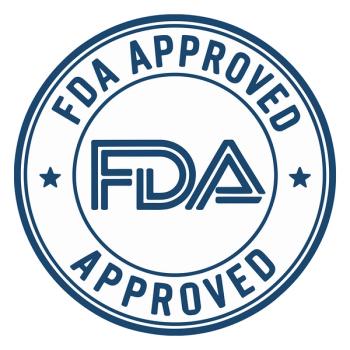
New FDA approvals in July include therapies for NSCLC, relapsed multiple myeloma, liver cancer, and B-cell malignancies.

2025 ICE-T Conference presenters explain what nurses and APPs should take into account as immune cell effector therapies become more widely used.

Step-up dosing with remote monitoring resulted in 47% of patients receiving bispecific antibodies remaining outpatient, even in cases of CRS.

CAR T-cell therapy is starting to enter treatment conversations sooner with patients with multiple myeloma, according to Nick Barkemeyer, PA-C, MMS.

The FDA has given accelerated approval to the BiTE, linvoseltamab, for use in the fifth line of therapy for relapsed/refractory multiple myeloma.
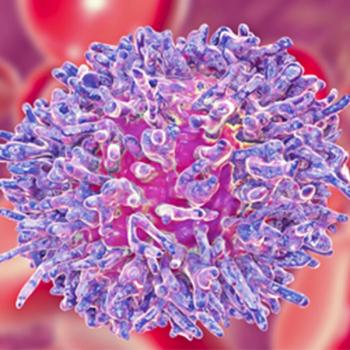
The FDA removed REMS and reduced certain monitoring needs for liso-cel and ide-cel in B-cell malignancies.

Formal communication could help ease the transition of care from specialized myeloma centers to community clinic, according to Diane Moran, RN, MA, EdM.

Subcutaneous daratumumab makes it easier for patients to find appointments that fit with their lifestyles and schedules, according to Gina Fries, PA-C.

Per ODAC and CHMP recommendations, subcutaneous daratumumab may become the first approved treatment for smoldering myeloma. Here’s what nurses should know.

Education before subcutaneous daratumumab administration can both reassure patients and reduce the occurrence of adverse events, according to Stephanie Mompoint, APRN.

By monitoring patients’ CBC and other symptoms, nurses and advanced practice providers can spot early indicators of parkinsonism risk, per Yi Lin, MD, PhD.

CRS and ICANS rates were similar in adults 75 years or older vs younger individuals with relapsed/refractory multiple myeloma.

A nurse practitioner gives her advice for managing adverse events during treatment with talquetamab for multiple myeloma.

CT0596 was well tolerated and showed preliminary efficacy in relapsed/refractory multiple myeloma, early phase 1 data show.

The extended injection time for subcutaneous daratumumab in those with myeloma can serve as an opportunity for oncology nurses to check in with patients.
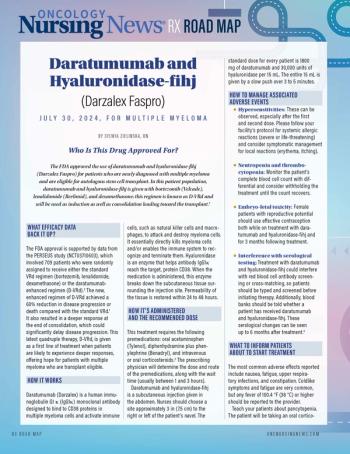
A registered nurse gives best practices for use of subcutaneous daratumumab in multiple myeloma.

Final data from the phase 3 ALCYONE trial support frontline use of daratumumab-based therapy for patients with transplant-ineligible newly diagnosed multiple myeloma.


According to a nurse practitioner who works in myeloma research, nurses and APPs are responsible for much of the clinical work with patients involved in trials.

